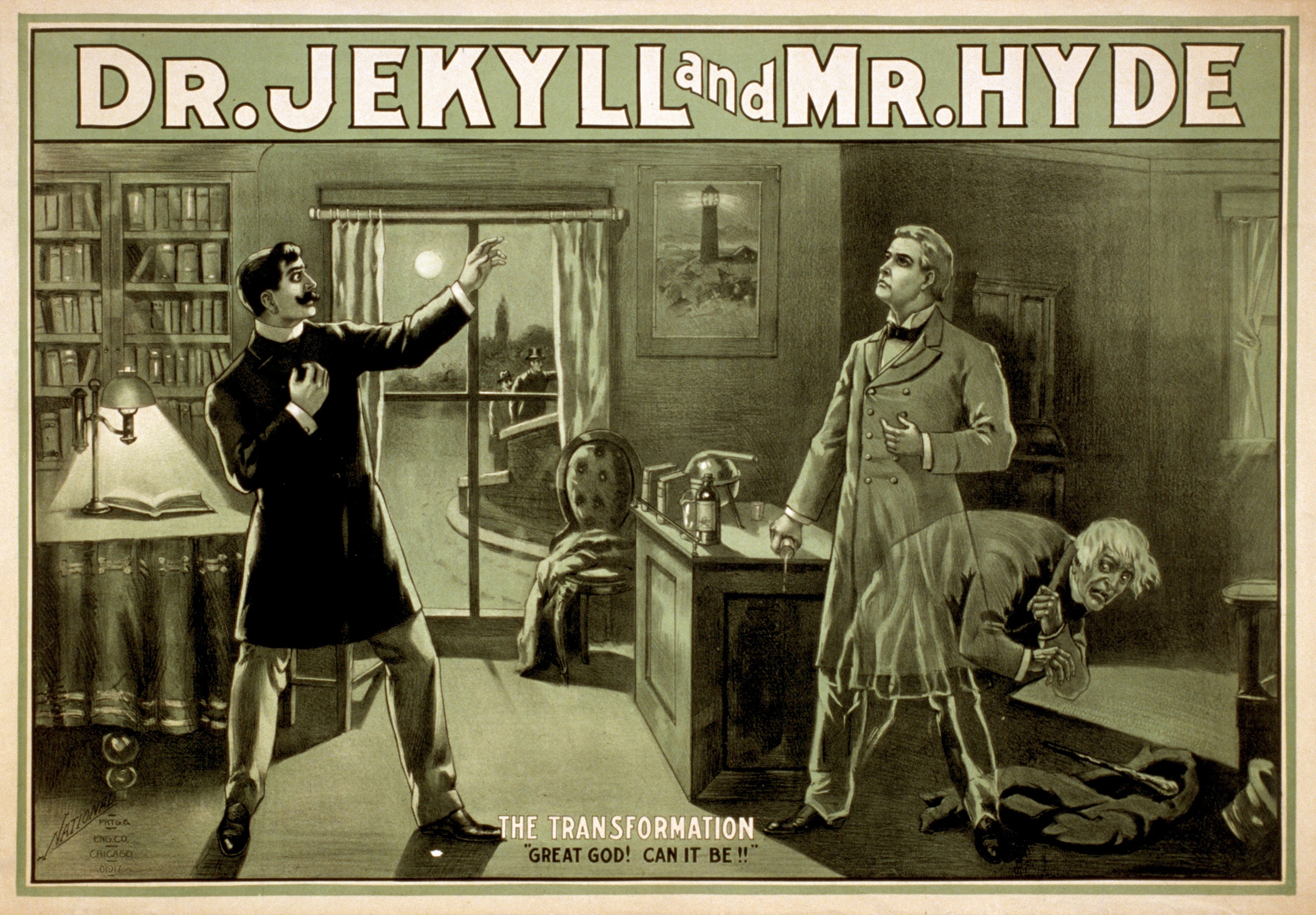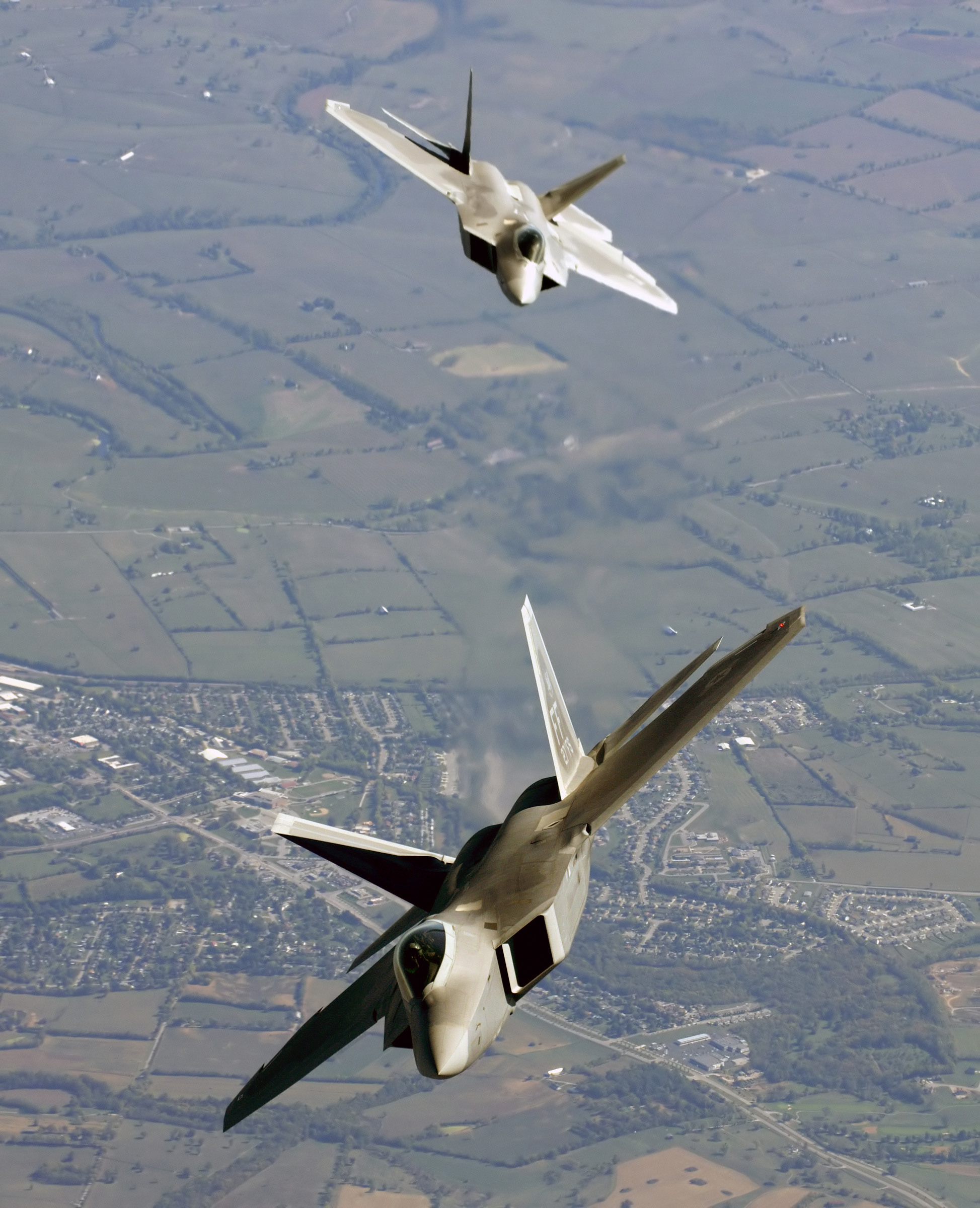
To repair some of the damage done when I wiped out on that wet tile floor, I’ve had two shoulder surgeries – performed by two different surgeons.
The first surgery was to repair my severed labrum. This injury is more commonly known as a SLAP tear. SLAP is an acronym for Superior Labrum Anterior and Posterior. The labrum is a ring of cartilage that surrounds the socket of the shoulder joint. It helps to deepen the shoulder socket and to stabilize the shoulder, and is the attachment point for many of the shoulder’s ligaments and one of the biceps tendons.
Torn labrums are ridiculously painful. Before I was successful in convincing my PCM that I needed a shoulder MRI, I was taking strong drugs and begging for a referral to pain management.
My first shoulder surgery was also my first ever surgery – if you don’t count having my wisdom teeth out years ago. It was pretty straightforward. My labrum was severed; the surgeon went in and reattached it. He used a couple of plastic anchor bolts and some sutures to reattach the labrum. He cut away a little dead tissue, and made sure there was no other damage that had not been detected by the MRI/arthrogram.
Prior to the surgery, I had been in a ridiculous amount of pain. I was able to sleep in one position on the couch – lying on my non-injured side, with my back against the back of the couch, and surrounded by 5-6 pillows that held my shoulder in the one position in which the pain mostly subsided and I could fall asleep. Of course, anytime I moved in my sleep and the shoulder shifted, the pain woke me up.
Post-surgery was worse. I didn’t get the memo that the best way to recover from shoulder surgery is to sleep in a recliner. We did not *have* a recliner. Had I known, I would have begged, borrowed, or bought a recliner.
Seriously, if you’re going to have shoulder surgery, make sure you can convalesce in a recliner – or an adjustable bed.
I came home from out-patient shoulder surgery narc’d to the gills (technical term) ;-). Typically, for shoulder surgeries the anesthesiologist will do a nerve block, which blocks the nerve signals for up to 24 hours. I was also placed under general anesthesia for the surgery. And the nurses often will give you a narcotic before you leave post-op, to make sure you “stay ahead” of the pain.
So Spousal Unit got me back into the house and ensconced on the couch. I got “comfortable” sitting sideways on the couch, with my newly repaired shoulder in a sling that was resting on multiple pillows and leaning against the back of the couch. I dosed most of the rest of the day, and slept sitting up for the first few nights. (Not comfortable. Do not recommend. You need to be exhausted to do it.]
I had a long and painful recovery. My labrum hurt significantly LESS after surgery, but it still hurt like hell. You have to keep your shoulder immobile for a long time to allow the labrum to heal, and that creates other problems, as your shoulder and elbow can get painfully stiff.
Flash forward two years, to shoulder surgery #2:
The shoulder felt “good as new” for about a year and a half. And then it didn’t. First the motion felt “off.” The shoulder started to catch and clunk. Then the pain started to return.
By this time, we had moved to another state, and I had a different orthopedic surgeon, who had already operated on my wrist and elbow. After the manual examination and the MRI/arthrogram, he told me he would operate, but he wasn’t going to repair my re-torn labrum.
In fact, he told me that if he had performed my first shoulder surgery, he wouldn’t have repaired my severed labrum.
“Okay, doc, you HAVE my attention. Please explain to me why you would not have repaired something that was totally severed and causing excruciating pain, because that sounds totally counterintuitive to me.”
We then proceeded to have a long conversation about labral tears. And age. In a nutshell, my ortho explained that labral injuries do not heal well in patients over 40. Based on his experience and knowledge of the literature, he thought it was a waste of time to repair the labrum again. Instead, he wanted to severe my (perfectly functional and not damaged in any way) biceps tendon from the labrum and reattach it to my humerus in a procedure called a “biceps tenodesis.”
The reason for this is that the biceps tendon is connected to the labrum, and the tension it exerts on the labrum can prevent the tear from healing and can actually make the tear worse. By removing this tension, you create the possibility that the labrum might heal itself. But even if it doesn’t heal, because you removed the stress on the labrum, hopefully the tear won’t continue to get larger.
My surgeon recommended I read a couple medical journal articles on the subject (because he knows I always thoroughly research my medical issues and the procedures doctors recommend to treat them), and then we would meet again to discuss the surgical options.
Here are some of the articles I read to inform my decision about revision [repeat] shoulder surgery:
“Controversy persists about whether to repair SLAP tears in patients over 40 years with associated rotator cuff tears (RTC).”
Torn rotator cuff with SLAP tear
The efficacy of biceps tenodesis in the treatment of failed superior labral anterior posterior repairs
“The cumulative evidence supports labral debridement or biceps tenotomy over labral repair when an associated rotator cuff injury is present.”
Subpectoral biceps tenodesis for the treatment of type II and IV superior labral anterior and posterior lesions.
Glenohumeral ligaments
Superior labrum anterior posterior (SLAP) tears
Rotator cuff injury
There’s a good quick-and-dirty summary of the research here, which answers the question: “Why would you fix my biceps if my labrum is torn?” It also provides a good explanation of the procedure and has an illustration.
The research supported what my ortho had said. In fact, in recent studies labral tears were shown not to heal well in patients older than 26. 26! In addition to the SLAP tear, the arthrogram had shown a small rotator cuff injury, and the research on that injury recommended repairing the rotator cuff, doing a biceps tenodesis, and leaving the torn labrum alone.
Had this been my first experience with this surgeon, my decision might have been more difficult. But, based on the research, and based on my previous (all excellent) experiences with this surgeon , I decided to trust him to fix my SLAP tear by ignoring the labrum and jiggering with my biceps tendon.
I felt really uncomfortable letting him cut something that wasn’t broken to begin with. In the end, you do your research, make the best decision you can, and trust your surgeon (whom you have carefully researched and selected) to do a good job.
Fortunately, when he got inside my shoulder, he found no evidence of rotator cuff damage, so he inspected it thoroughly and left it alone. Had I needed rotator cuff repair, my recovery would have been much longer.
I was a lot smarter the second time around. I had a recliner AND an adjustable bed. Never even needed the recliner – the adjustable bed worked just great! I was able to raise the head to get enough support for the shoulder, but still be able to sleep. I still propped up the arm on several pillows, but got much better quality of sleep than the first time around.
But here was the absolute game-changer: a chiller (aka cold therapy). Now, faithful readers of this blog will know that I seldom endorse any product. But a post-surgery chiller is something I HIGHLY recommend.
I don’t know how I didn’t know about them before, but these devices circulate ice water over the site of your injury/surgery. This helps prevent inflammation, and also brings pain relief. Chillers are particularly useful for joint surgeries (shoulders, knees, ankles, etc.)

I was offered the use of a chiller by some folks at church, because Tricare would not provide one. [Possibly because my surgery was through a civilian provider. I have recently seen military facilities loan them to patients post-surgery.] They come in various sizes. I was loaned a pretty basic one (see image), but it worked just great.
I understand that the folks I borrowed it from keep an eye open at thrift stores, yard sales, etc., and pick them up pretty cheaply. Then they have one when they need it, and one or two to loan out. It certainly made my recovery quicker and much less painful, and I am grateful.

[For the curious: Yes, it’s basically a small ice chest, but it has a pump and hoses that circulate ice water around the injury. At the end of the hose is a plastic pad (see image) that you wrap around the injured site. You can secure it with an included velcro flex strap (like an ace bandage). All you have to do is add ice and water and plug it in. BE CAREFUL TO AVOID COLD INJURIES. Don’t ice for more than 20 minutes at a time, remove if it’s uncomfortable, and always place something between the pad and your skin (a hand towel, washcloth, pillow case, etc.). ]
Why I am in love with cold therapy: After my first shoulder surgery, I was prescribed narcotics – “Take 1-2 pills every 4-6 hours, as needed.” They wore off after TWO hours, and the pain was overwhelming. I was living from dose to dose, just trying to hang on. After my *second* shoulder surgery, I was given the same prescription, but I also used cold therapy. I took 3 pills TOTAL. And the second and third were only because the staff had given me multiple warnings about staying ahead of the pain, and I knew from previous experience that I did NOT want the pain to get ahead of ME. I didn’t think I needed the narcotics, but was afraid to rely on the machine for pain control. But as I increased the interval between pills, taking them only one at a time, and found that I was able to control the pain with cold therapy, I stopped taking them. (The other great thing about that is, if you’re not taking narcotics, you don’t get opioid-induced constipation.)
Was the first surgeon wrong? He repaired the damage, did a pretty good job, and it worked great for about 18 months. He did no further damage, scarring was almost non-existent, there were no complications, and he didn’t overlook or fail to repair anything else. My biggest complaints would be that 1) he did a repair that the research clearly shows to have a high failure rate in patients my age. So I question how current he is in his knowledge of the literature in his field. And 2) I did not have to suffer as much as I did post-surgery. I really wish he’d told me about the chiller and the benefits of recovering in a recliner.
Had I seen my second orthopedic surgeon first, I probably would not have needed the second shoulder surgery.
Bottom line: The first orthopedic surgeon was adequate, but probably not as knowledgeable as he should have been. There is a world of difference between surgeons, even between an *average* surgeon and an *excellent* one.
The Good: Cold Therapy/Chiller. Adjustable bed/recliner. An expert surgeon.
The Bad: Needing revision (repeat) surgery.
The Ugly: The excruciating pain after my first shoulder surgery. Sleeping sitting up on the couch. Trying to take a shower after surgery (once cleared by the surgeon).
I did a lot of research before my first shoulder surgery. I avoided a truly horrible surgeon, and selected one based on research and recommendations. There was still a lot I didn’t know I didn’t know.
Stay tuned for blog posts on how to select a specialist, such as a surgeon. Knowledge is power.











